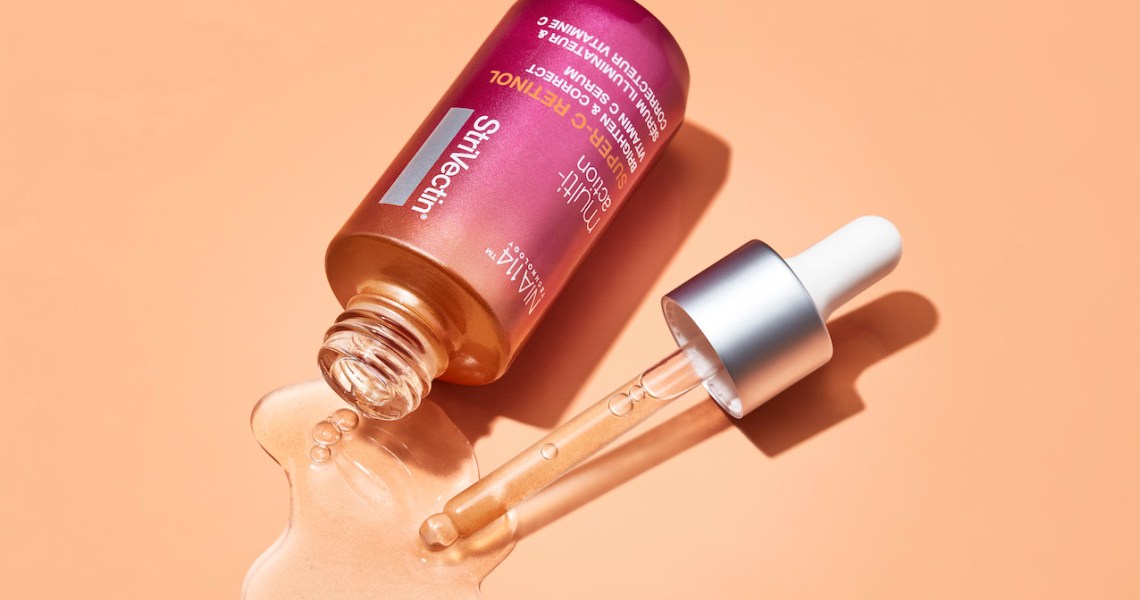When Covid-19 forced retailers to close and consumers to shop e-commerce, the anti-aging skin-care brand StriVectin was ready.
The brand had already been focusing on boosting its e-commerce sales on StriVectin.com since 2017, which culminated in a website relaunch in July 2019. The relaunch focused on back-end and front-end enhancements that increased page loading time, added functionality to better collect customer data and offered customers more touchpoints to engage with the brand. StriVectin, which is sold through retailers like Ulta, Nordstrom and Dermstore.com, has since seen a more than 100% total year-over-year sales increase on its DTC e-commerce site, as of June. It’s seen a 300% year-over-year increase on promotional sales, or sales tied to discounts and gift-with-purchase promotions, according to Felicity Sissener, StriVectin chief digital officer. She declined to break out the brand’s retail versus DTC sales or a goal.
Sissener said that, back in 2018, StriVectin began working on growing its e-commerce sales by shifting budgets away from unproductive sales channels such as affiliate links and reinvesting them into digital. A major digital shift was a replatform in July 2019 from Magento to a Shopify headless setup, which means the front end and back end of an e-commerce site are separated. It allows brands more agility to enhance customer experience by building how they want. Sissener said this type of design is helpful, for example, when a customer rides the subway and goes to StriVectin.com — they are still able to shop on the front-end of the site, even when underground, without any disruptions. Additionally, the e-commerce site is better able to adjust to large traffic volumes without slowing down page load times and other features, which is key as DTC e-commerce has seen unprecedented growth during Covid-19. Sissener said that she
“This is a critical milestone and element of our transformation because having that incredible customer experience online is really what allows us, our vendors and all of our other digital marketing efforts to be more productive,” said Sissener. “Before we had great success with attracting the right kind of customer, but we weren’t able to drive them through that conversion funnel as efficiently.”
Since July 2019, StiVectin has worked with vendors like HotJar to heat-map track in real-time where and how customers engage on StriVectin.com. It also linked with Dynamic Yield for A/B testing around personalization and customization. As a result, different customers receive a different website experience, such as different product recommendations or shopping cart add-ons, depending on their browsing behavior.
More customer-facing features were added throughout 2019, as well, such as an Afterpay option in Nov. 2019, which was added in an effort to attract younger shoppers, said Sissener. StriVectin has seen a 135% increase in new DTC e-commerce customers year-over-year as of August, while the 18- to 34- year-old demographic increased by 300%, she said. She said Afterpay transactions account for a “low double-digit” share of all purchases. A pop-up window to inform customers a product is nearly out of stock when they are on a product information page has also helped drive better conversion. Altogether these efforts, among others, have increased the year-over-year conversion rate by over 80% during the second-quarter alone, amid the height of Covid-19 retail closures.
StriVectin added digital consultations in April, leveraging an undisclosed number of field team employees. According to Raymond Mendoza, StriVectin director of e-commerce, StriVectin will focus in the third quarter on launching conversational artificial intelligence chatbots via e-commerce to help create customized skin-care routines. It will also add personalized order inserts based on a customer’s past purchase behavior to promote cross-sells and up-sells. In addition, the brand will also expand on its current efforts around SMS, which Mendoza said has grown 400% in opt-in subscriptions year-over-year as of August. It will expand its direct-mail program by focusing on at-risk and lapsed customers, and VIP customers.
Ad position: web_incontent_pos1
“We are actively looking at all digital touchpoints for ways to personalize the experience and move away from the one-size-fits-all that [brick-and-mortar] retail knows so well,” said Mendoza. “We know that the more we can learn about someone, the better advice we can give. It’s an investment in a lifetime relationship with these customers.”




